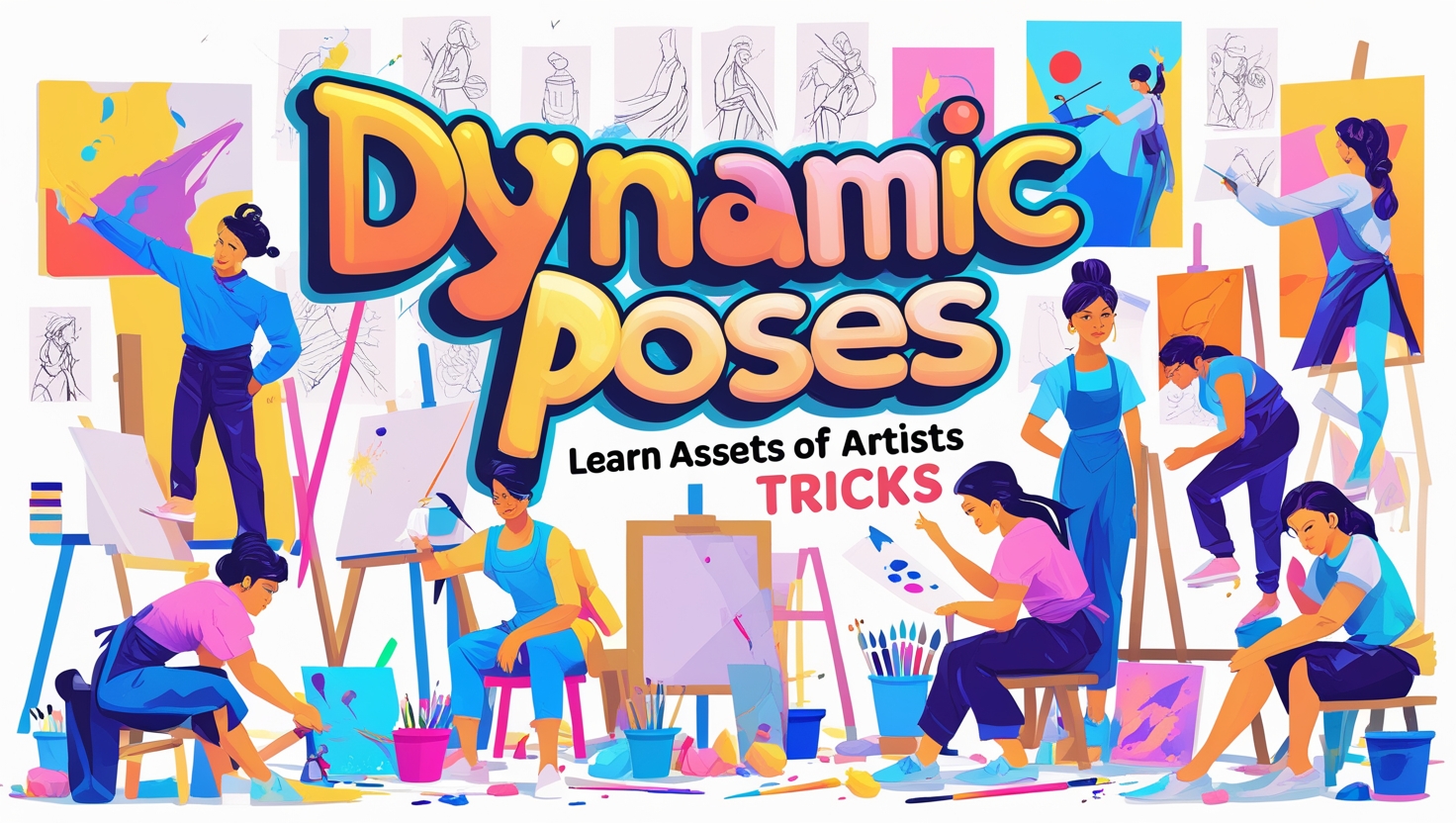Dynamic Poses – Learn Assets of Artists Tricks
If you are beginning your career as an artist, you may be worried about how to bring life to the poses you draw. Expressing a force and balance, using action lines, to add more life and energy to your poses is not so easy. Illustrated examples from pro artists can help you achieve more dynamic poses for your characters.
How to draw perfect dynamic poses
To draw a perfect pose, the first and foremost thing is to understand the figure. Carrying the anatomy book isn’t necessary. You need to observe and practice. And, trying something new will surely get you somewhere. Focus on the action lines, rhythm, strength, perspective and construction to achieve a credible and interesting pose, even if it’s not realistic.
Look at yourself in front of mirror, observe yourself at different poses while you move. When you raise your arm, not only your arm but your shoulder lifts too. Pay attention to these details and that will help you in drawing lively poses.
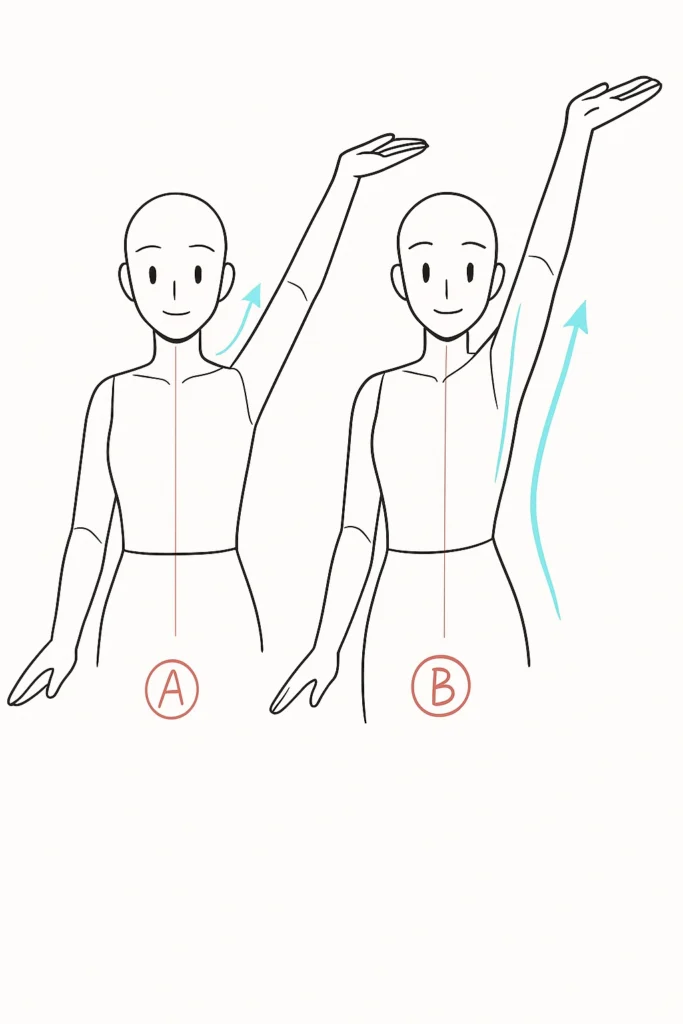

Dynamic poses characters
The characters move on their inner strength. A rhythm is set as a result of two or more interacting forces, providing a balance and sense to the character’s movement.
Suppose, a character is trying to pull something forcefully. His body leans in the opposite direction in that moment. When that thing gives in, the character will naturally fall.
Focus on strength and rhythm to gather more visual information like that of the character’s balance, weight etc.
Action lines are the imaginary guide to indicate the movement of your characters. You can unify the whole figure easily if you pay attention to the action lines. Go through a wide number of references to understand how strength and rhythm interact with action lines.
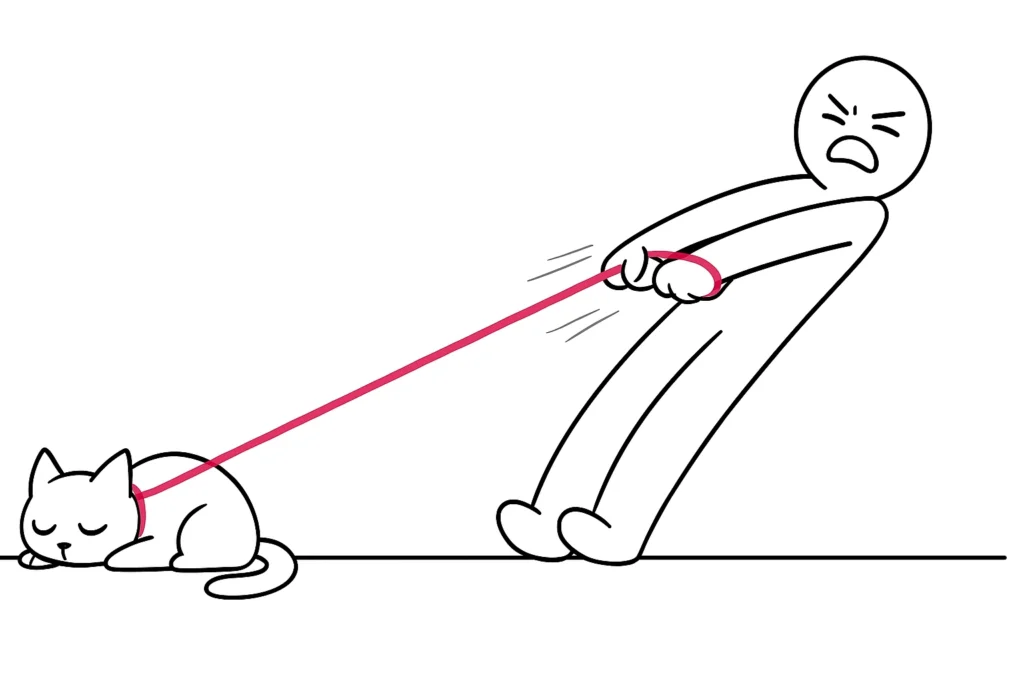
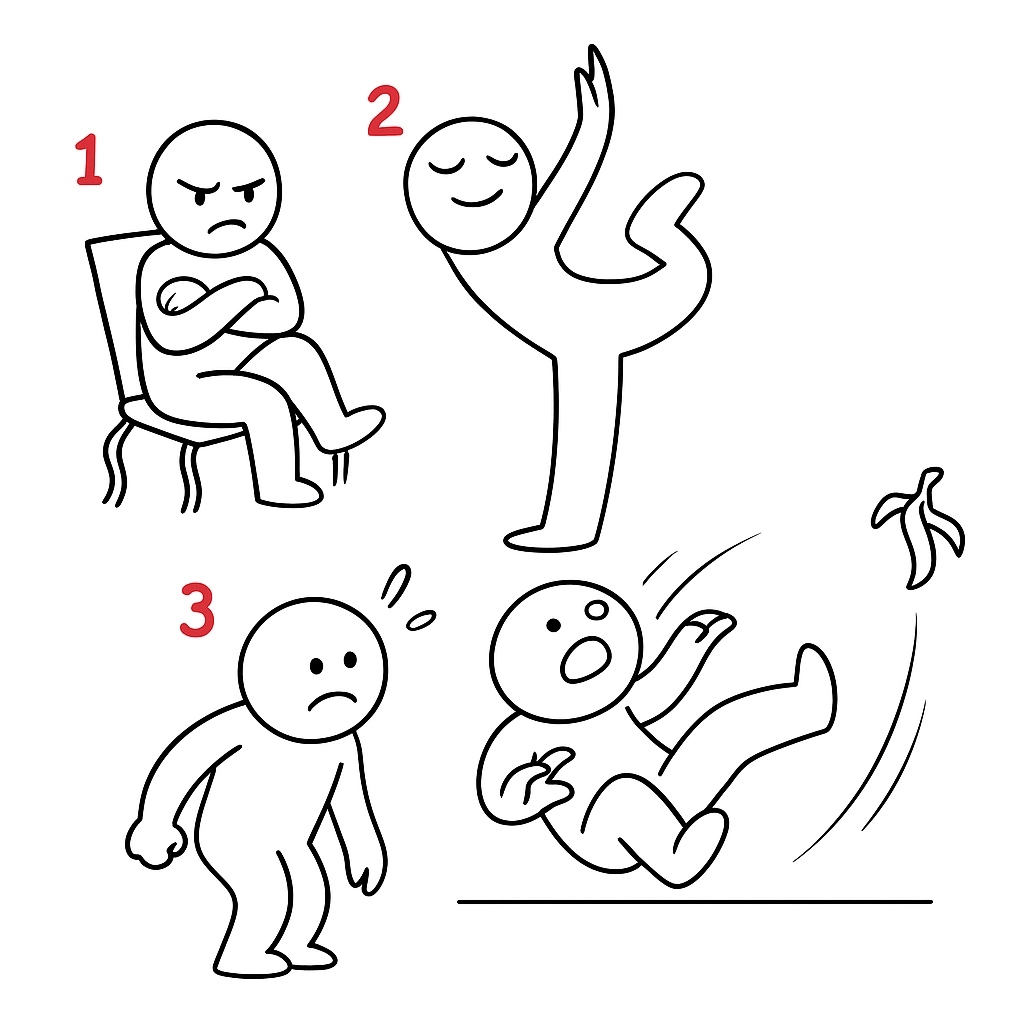
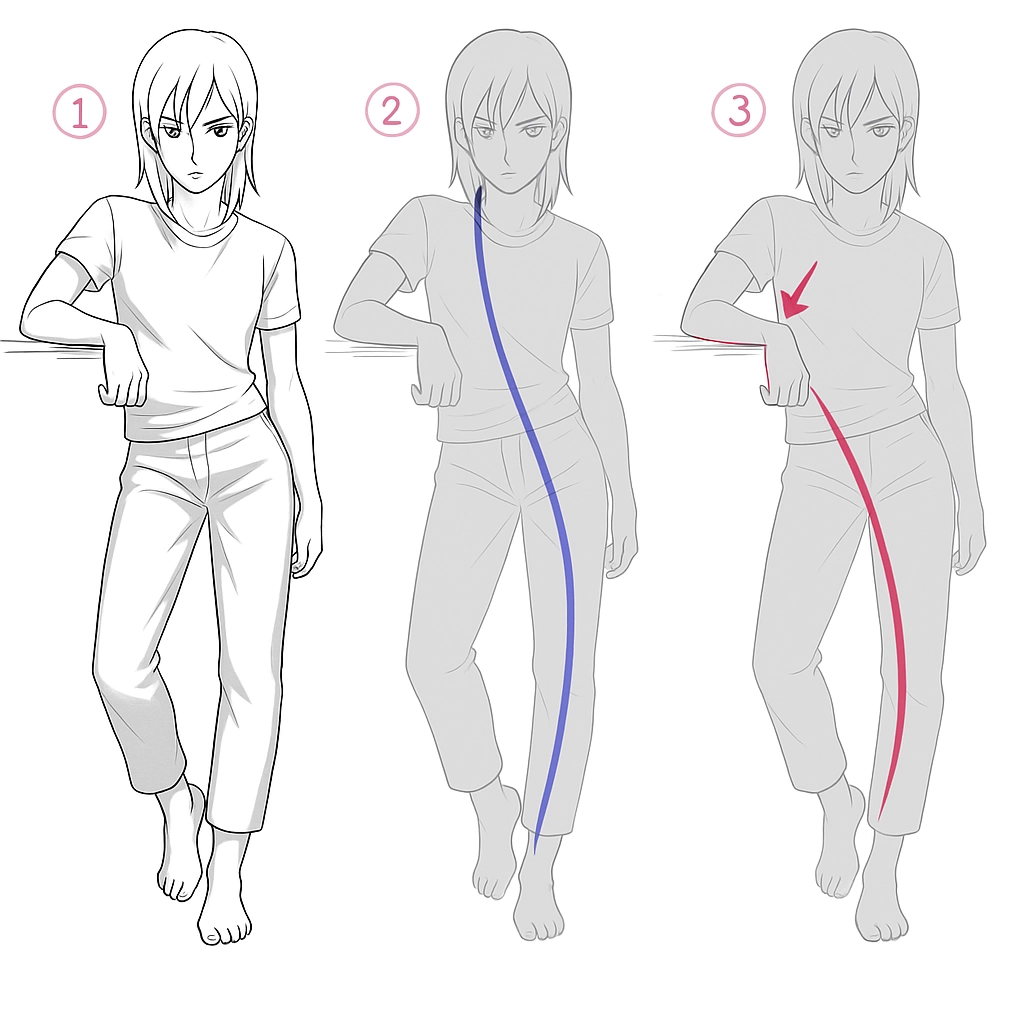
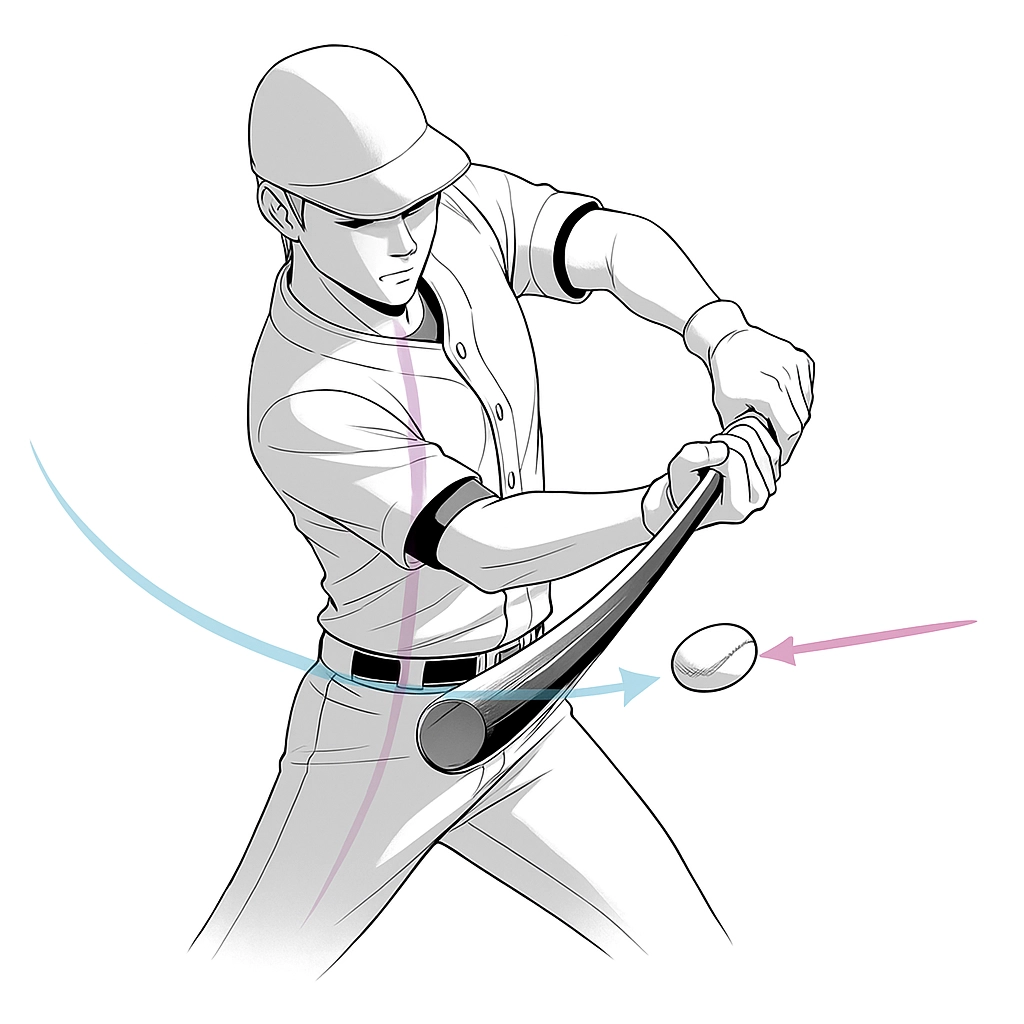
For example, if a character in a drawing is pushed in the opposite direction to her gaze, her hair, clothes and other elements will suggest from which direction the force is coming. So, the elements are affected by the speed interacted with the force.
Also read:
When you draw a baseball player, he spins his body to get momentum and counter the force of the ball to hit it. If you are able to deal with action lines, rhythm and strength, the spectator will be guided through the path you set. Be careful about not overpopulating the drawing with excessive action lines. Don’t let the intention of the character get confused. Make sure that the force doesn’t go in various directions and your drawing don’t lose emphasis from the most important actions.
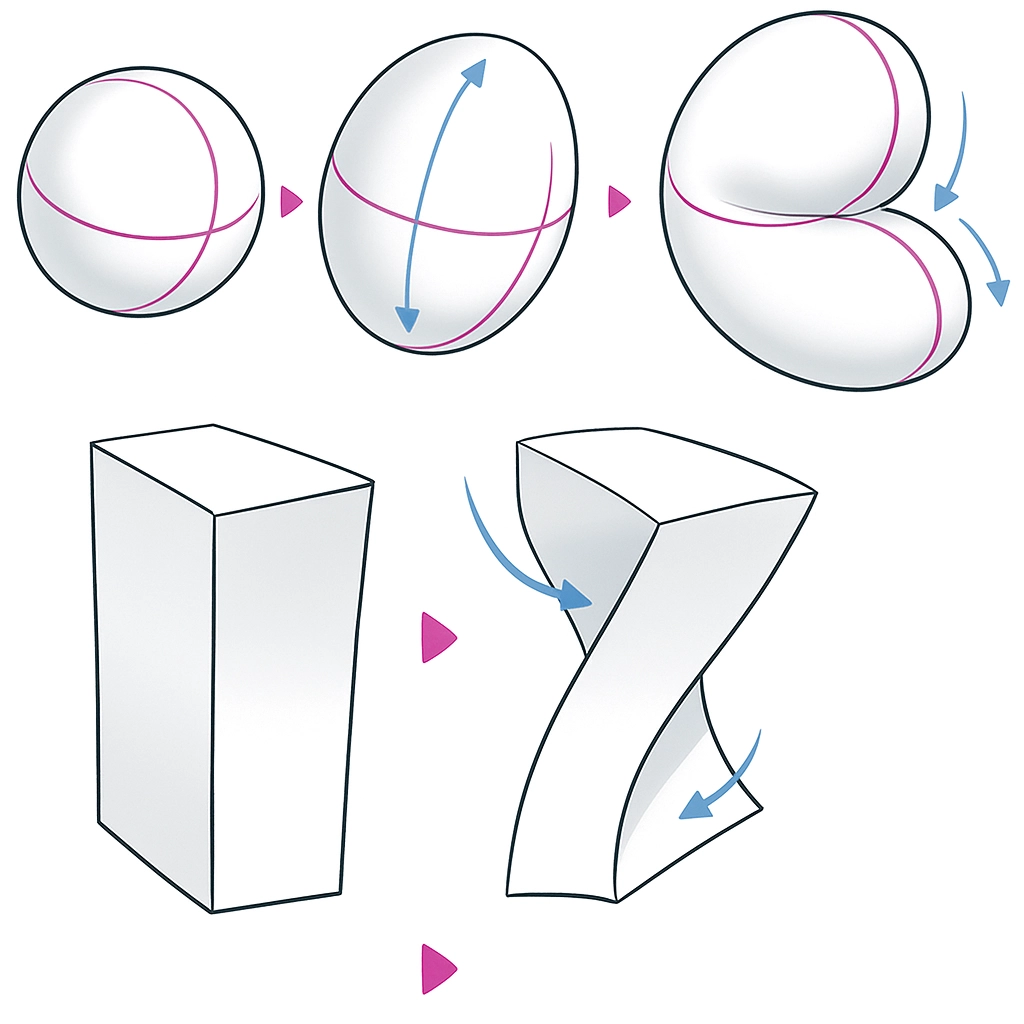
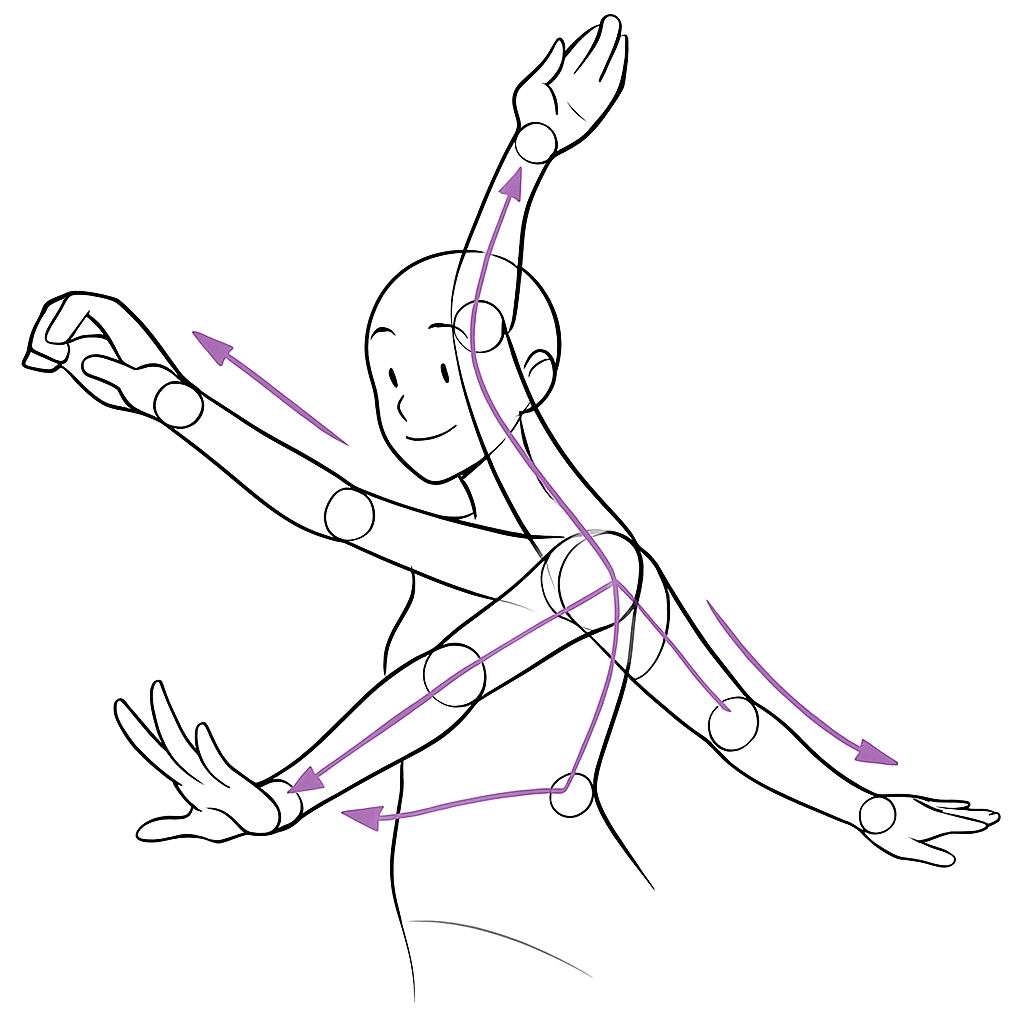
Conclusion
It’s not easy to draw correct body proportions. First shape a base of the figure to discern the volume of every element. Using geometric figures like cubes and figures are useful to represent the structure of the body properly. Focus on the limits of the joints, as they are very significant for twisting and turning the body to change the poses drastically.
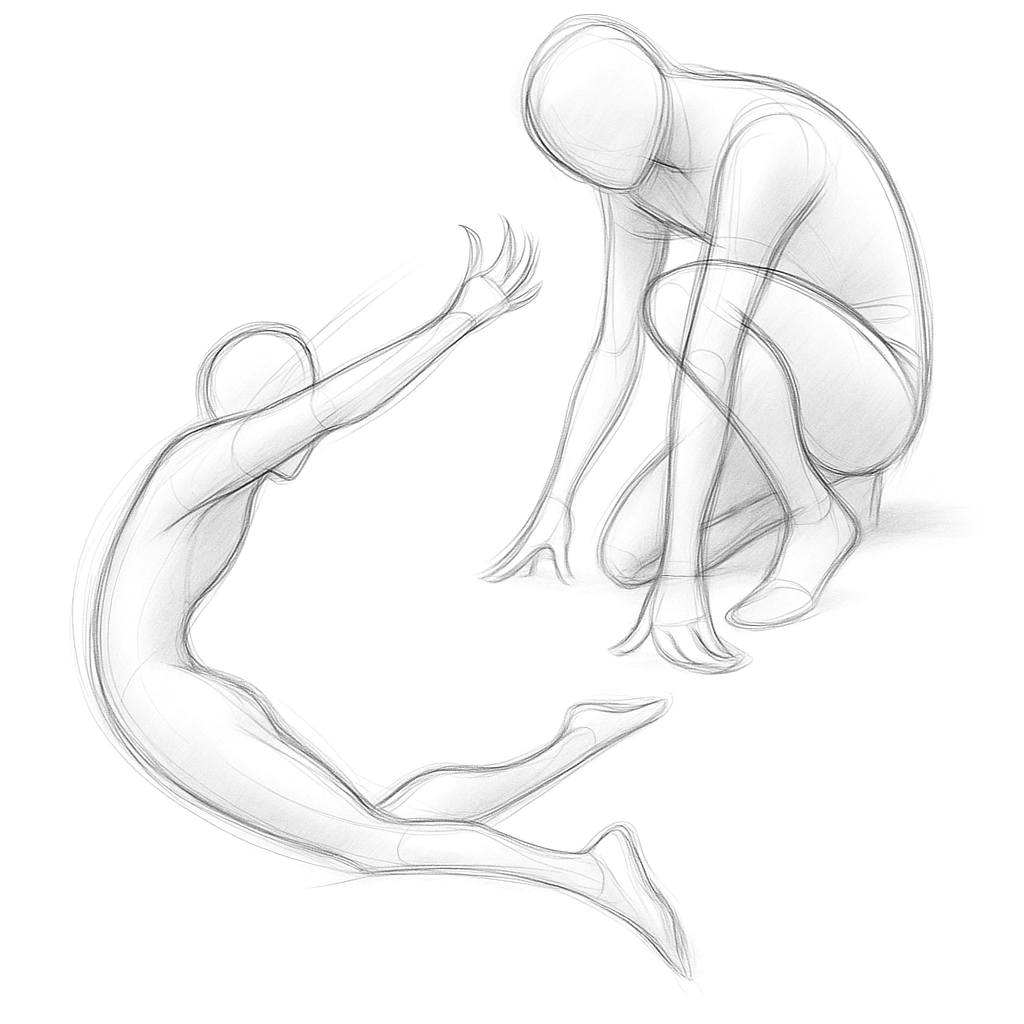
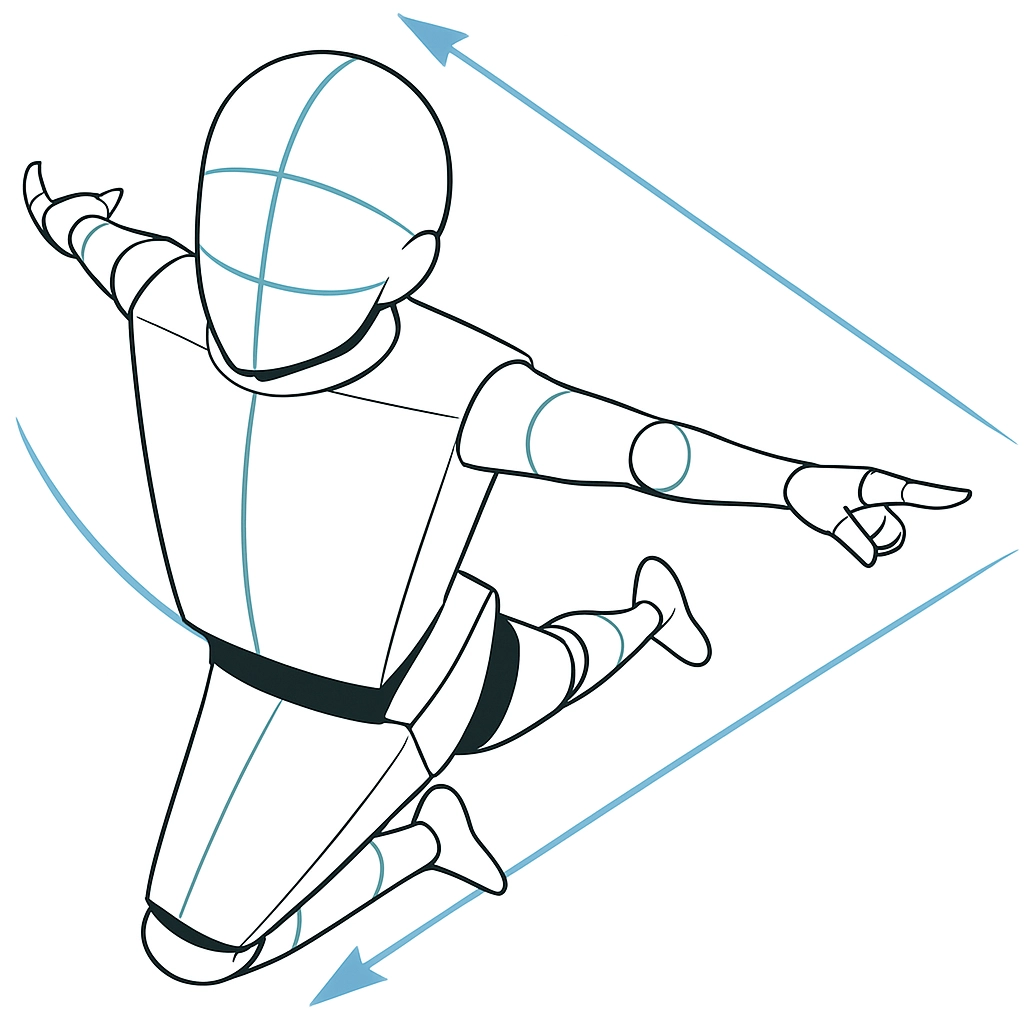
If you possess proper perspective, you will acquire the power to turn 2D into 3D, that means adding more visual richness and depth to your composition. An exaggerated perspective creates far more dynamic poses. Try taking real people as reference and learn crucial information about figures. Start with drawing the entire body with smooth lines, and then go on with adding detail and building a better shape. Avoid straight lines unless the model has a rigid posture. Natural poses do have curves.

